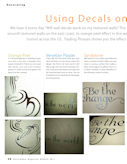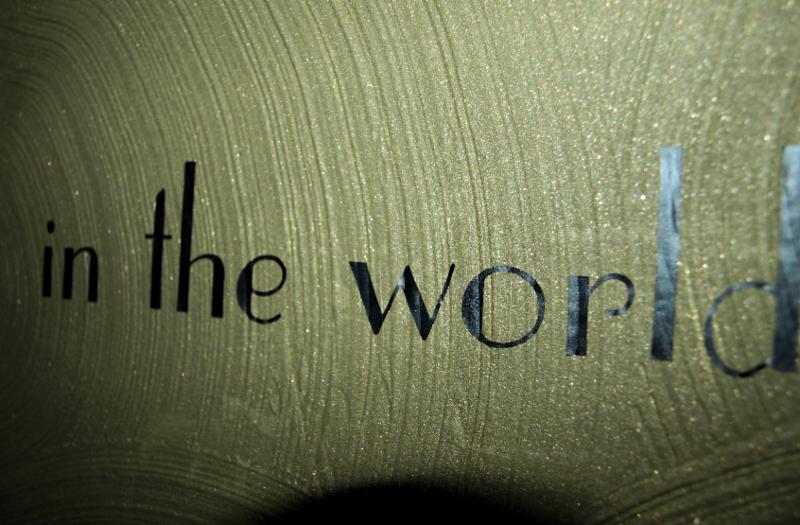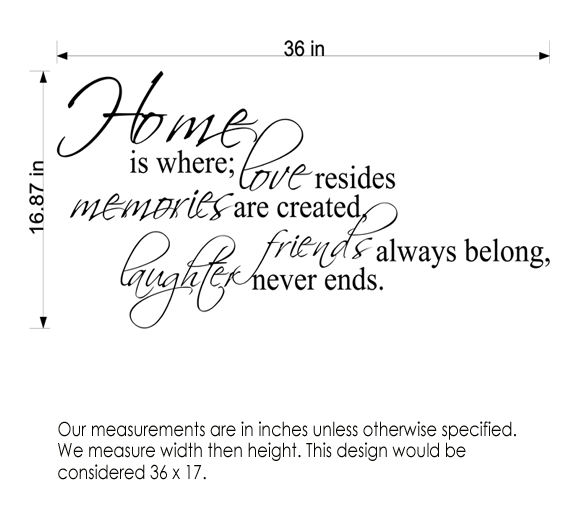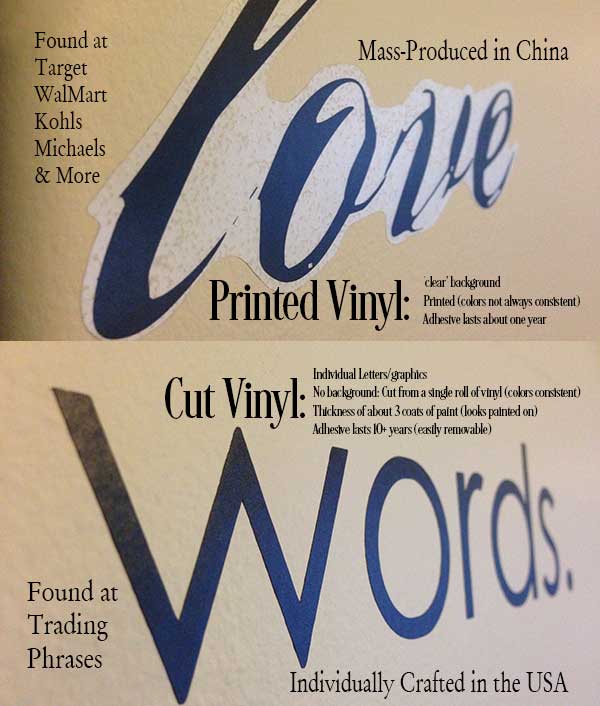|
Using Decals on Textured Walls
We hear it every day "Will wall decals work on my textured walls?" The truth is that it really depends on the texture that you have. From the smooth textured walls to classic orange peel to heavy troweled effects, there are a variety of textures found in homes across the US. We've sold over 100,000 decals since we started in 2008, at this point we think we've run into just about all the texture options out there!
First things first. In order to understand how vinyl will work on your texture, you need to understand that cut vinyl is a superior look to printed vinyl. For this article, we'll be covering premium removable computer cut vinyl. We are not covering the stuff that you find on a shelf in a big box store that came from China.
|
|
|
Basic decal on a fairly flat textured wall |
Orange Peel:
It is found anywhere a building boom occurred in the past 2 decades. This typical drywaller's friend can be used with decals. Just use a bit of elbow grease to make sure you've gotten the decal into the crevices. This photo shows a coffee cup image with some small defined lines on a typical orange peel texture. You can see the texture through the vinyl, and it sticks well to the rough surface.
Venetian Plaster:
If you like the old world look, you may have this finish on one of your walls. The deeper the finish, the more work it will take to get into the hand troweled crevices. It will work with decals, but may lose the hand painted look up close. Use the installation tool to really work the design into the grooves.
Sandstone:
Add sand to a can of paint and voila, you have a sandstone finish. What you also have is a porous surface that makes a decal a bit tougher to adhere. Once it is in place, however, it looks beautiful on the relatively smooth surface.
Tissue Paper:
Some tissue and even wallpaper effects are heavy on the texture. Some are not. If you've got a heavier texture, it will take a little more work to get the decal in to the crevices. If you have the smooth version, well life is good!
Fresco:
This is a relatively smooth texture, and it works really well with wall decals. The minimal texture shows through the solid pieces of the design, making the decal look like it has been painted on the surface better than some other textures.
Glazing:
This dramatic finish adds very little overall texture to the wall. This means it works really well with wall decals. The matte finish decal goes really well against the glazing and looks hand painted. Decals are a great compliment to your hard work on the glazing effect.
Cinderblock & Wood Paneling
The texture itself is not a big deal, it's the glossy paint (or paneling veneer) that will drive you nuts as you try to install a decal over a paint surface that doesn't want anything sticking to it. Just use some elbow grease and you'll do fine. We recommend chunkier letters with cinder block and paneling since fine lettering can get stuck in the recesses pretty easily.
Cut vinyl vs. Printed Vinyl
And now for a word about the look of printed vs. cut vinyl. We do both printed and cut vinyl, and our favorite medium is always the cut vinyl since it looks the best on any wall. The photo below is cut vinyl, and there is no outline or anything to detract from the design itself. For the best results on any texture, cut vinyl is your best bet.
Printed vinyl, on the other hand, has an outline. This vinyl is generally clear, but the sheen does show up when looking at it in certain light. The printed vinyl is typical of what you get at a big box store. If you need a full color design, then print works just fine. When you want a beautiful design from 1 or 2 colors, especially with lettering, opt for the cut vinyl. You'll be glad you did.
|
|
|
Printed Vinyl (outline shows in certain light) |
|

























